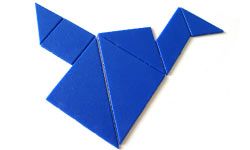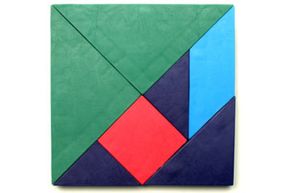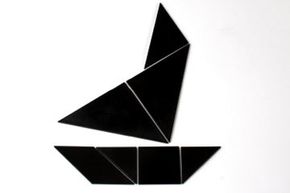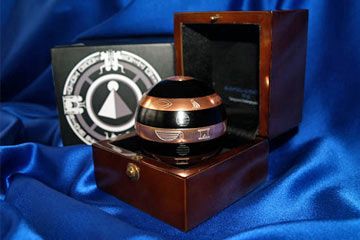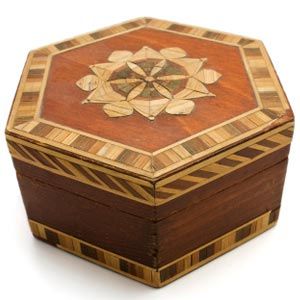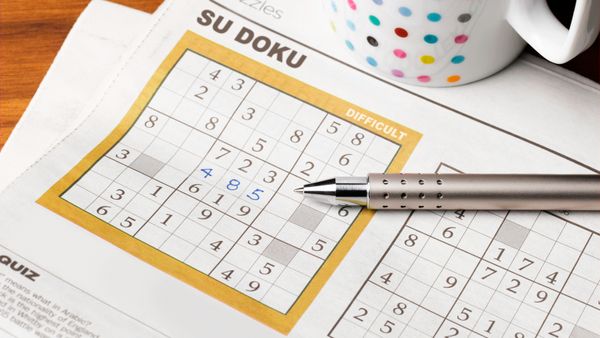Whether it's rock 'n' roll in the '50s, or violent video games in the 2000s, people have always found some new fad to use as a scapegoat for the supposed laziness and corruption of their generation. It might seem quaint to think that tangrams, simple Chinese puzzles involving rearranging small geometric tiles, could ever have filled that role in society. But tangrams were such a huge craze in Europe in the early 19th century that a French newspaper cartoonist once lampooned the fad with a drawing of a young "bourgeois" couple ignoring their screaming baby while they worked out a tangram problem [source: Slocum]. Today, tangrams can be an educational tool for the classroom, or just a fun brain teaser for the geometrically inclined. While tangrams' days of corrupting the youth may be over, they have endured as a favorite puzzle for people of all ages.
Tangrams are part of a type of puzzle that mathematicians and puzzle experts call dissection puzzles, puzzles made of cut out shapes that can be combined to form other shapes or designs. The most famous type of dissection puzzle is a jigsaw puzzle. But tangrams are different -- instead of one design cut up into many pieces with one solution, tangrams have just a few pieces that can be rearranged into a huge number of designs. A tangram set is composed of seven shapes cut out of a square. These tiles, or tans, include:
Advertisement
- two large triangles
- two small triangles
- one medium triangle
- one parallelogram (or rhomboid)
- one square
Tangram puzzles come in the form of silhouettes or outlines that are constructed by combining all seven tans. The object of the game is to re-create these shapes by figuring out the orientation of each tan. In books of puzzles, the solutions (or completed tangrams) show the outlines of the individual tans, but the puzzles don't. The challenge is for you to re-create the patterns by arranging the tans, following three simple rules: Each completed tangram must contain all seven tans; the tans cannot overlap each other; and the tans have to form a continuous shape, with every tan touching at least one other tan (touching only by the very tip of one corner is allowed).
These rules allow for a puzzle game that is deceptively simple and infinitely complex. Continue to the next page to find out when tangrams were invented.
Advertisement
